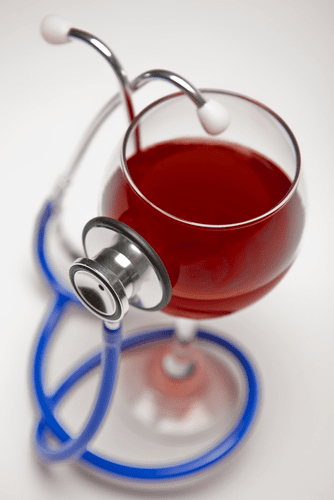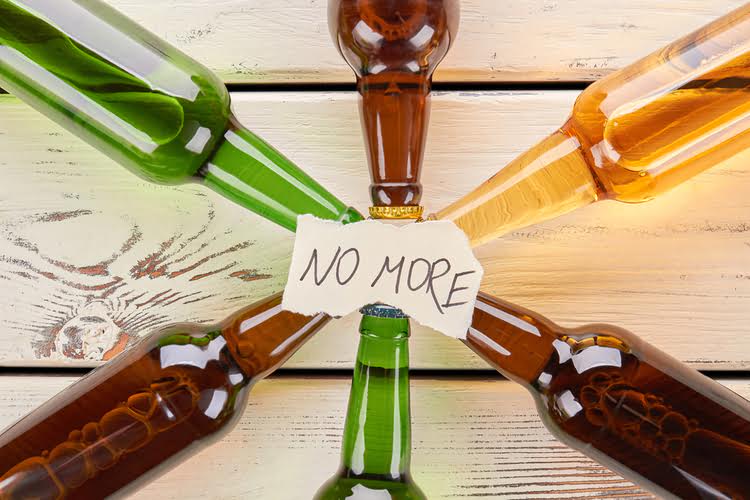For internalized triggers, it often requires a deeper level of self-awareness and sometimes professional help to address the root causes. Internalized triggers, on the other hand, are emotional responses that occur without any obvious external stimulus. This internalization can happen with both positive and negative experiences, but it often becomes problematic when it involves negative emotions like fear, anxiety, or sadness. This can make it difficult to live in the present moment because they cause you to react to situations that aren’t actually happening anymore. Professional support can be invaluable in helping individuals recognize and navigate external triggers. Therapists and counselors can provide tools and strategies tailored to each individual’s unique circumstances and triggers.
Unlike internal triggers, which stem from emotions or thoughts, these are tied to physical surroundings or events 4. Developing a comprehensive trigger management plan helps reduce their impact. This could include avoiding high-risk situations, engaging in healthy alternatives, and seeking emotional support when needed. Being aware of the three stages of relapse—emotional, mental, and physical—helps in identifying early warning signs. Emotional signs include feelings of frustration or boredom; mental signs involve justifications or denial about the risks; physical signs display as physical discomfort or cravings.
Understanding Schizoaffective Disorder Treatment
By understanding both internal triggers, such https://gravitymattress.com/aa-big-book-4th-edition-hardcover-no-jacket-2/ as health issues, and external ones, like social events, individuals can craft personalized coping strategies that enhance their emotional well-being. The most effective way to address relapse triggers is through a comprehensive approach that addresses both internal and external triggers. Developing coping strategies for emotional factors and skills to navigate environmental triggers is crucial. Understanding and managing internal and external triggers is key to maintaining long-term sobriety.

Creating a Relapse Prevention Plan

It requires vigilance, self-awareness, and a strong support system to navigate through the challenges posed by internal and external triggers. To maintain long-term sobriety, it is essential to recognize these triggers early. Developing healthy coping strategies, such as engaging in self-care, seeking social support, and avoiding high-risk environments, can help manage these internal and external cues. Support groups and therapy can further assist individuals in identifying and navigating triggers effectively, reducing the chances of relapse.
Treatments
- Mindfulness meditation is a way to recover your sense of well-being in the face of stress.
- Maintaining a balanced diet and proper sleep hygiene further supports emotional stability, reducing vulnerability to internal and external triggers.
- For those going through treatment or who are otherwise in active recovery, understanding relapse triggers is vital.
- These triggers often originate from within the individual and are closely related to their emotional state.
One of the cornerstones of treatment options for addiction recovery is education about triggers and healthy ways to cope with them. Learning healthy ways to cope with triggers is one of the ways that an individual can make their recovery able to last many years. Sometimes there are physical things or items that create the desire to use in an individual or otherwise trigger their addiction. The individual should have relapse prevention plans in place to help deal with the potential triggering caused by items they may encounter. This is important because it may not be possible or feasible to avoid them at all times.
How to Deal with Anger in Mental Health Treatment
Making the decision to get help for substance abuse is the first step in changing everything. We help you build a recovery toolbox that not only prevents relapse, but also empowers you to thrive beyond treatment. These practices help you stay present in the moment, observe cravings without judgment, and recognize triggers without automatically responding to them. If you or a loved one is struggling with addiction, AToN Center offers a unique, luxury addiction treatment experience in San Diego. Addiction recovery is a complex and ongoing process that requires a deep understanding of the underlying factors that contribute to relapse.
Irritation Can Hijack Your Mind—And 5 Steps to Move Through It for Mind, Body & Soul Relief
Accountability partners, therapists, and recovery coaches can help individuals navigate triggers for substance use. Support groups provide shared experiences and encouragement, reinforcing the importance of coping with triggers in recovery. While some people manage difficult situations with ease, people in recovery can easily slip back into old habits when dealing with new situations.
At Ikon Recovery Center, experts work closely with individuals to create tailored plans for managing these triggers as part alcoholism treatment of their treatment programs. These triggers are the thoughts, feelings, and mental states that can lead to urges to use substances. Many people initially turn to substances as a way to cope with challenging emotions, creating a tough cycle to break. Internal triggers refer to emotional or psychological states that evoke thoughts or cravings related to substance use. They originate from within and are often linked to personal feelings or memories.
Support systems, including therapy, support groups, family, peers, and emergency resources, play an essential role in this process. Recognizing these physical and emotional cues early helps individuals understand that they are experiencing a trigger. Ultimately, understanding how triggers and cravings interact helps individuals in recovery act proactively—minimizing the chances of relapse and supporting sustained sobriety. Healthy coping mechanisms are crucial for managing cravings and avoiding relapse. Techniques such as yoga and meditation can be particularly effective in reducing stress. Furthermore, engaging in fulfilling hobbies like gardening or cooking provides not only distraction but also a sense of achievement, reinforcing positive emotions.
If you are starting to consider relapse, you may find that you are exposing yourself to possible triggers, even subconsciously. If you find yourself in high risk situations that could trigger a relapse, you should immediately reach out to someone that you can trust and who is supportive of your recovery. Talking through the trigger and enlisting someone else’s help can provide you with the motivation and assistance needed to overcome the trigger and stay sober. Whether you are struggling with addiction, mental health or both, our expert team is here to guide you every step of the way. Don’t wait— reach out today to take the first step toward taking control of your life.
In the case of addiction, the trigger is the stimulus that initiates a craving response in someone in recovery from a substance use disorder or behavioral addiction. A trigger is often something that brings up a memory related to drug or alcohol use, which leads the brain to anticipate a reward and causes a craving response. While some triggers may create a nearly-unavoidable craving, in many situations the trigger can be removed or escaped with enough time to stop potential use. Internal triggers are emotional and psychological responses that come from within, often sparking cravings or even relapse during recovery.
At United Recovery Project, our holistic and evidence-based approach addresses the root causes of addiction triggers. Through individual therapy, specialized trauma internal and external triggers examples work, and family support systems, you’ll learn to identify and effectively respond to your specific triggers. We emphasize aftercare planning, ensuring that the skills developed during treatment continue to support long-term sobriety. As the name suggests, internal relapse triggers are things that happen internally that lead a person to crave substances.